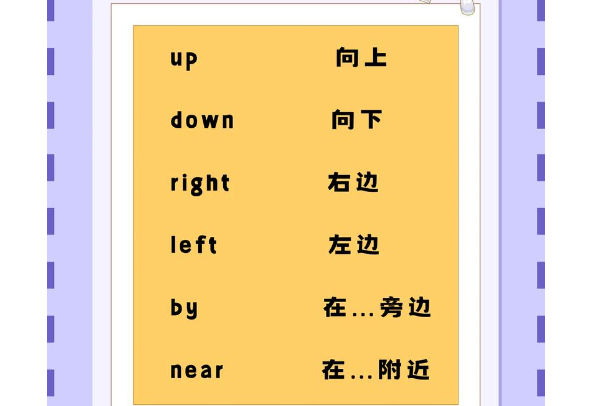The Four Cardinal Directions: North, South, East, and West
In human history, the understanding of directions—North, South, East, and West—has been pivotal to navigation, cultural development, and even philosophical perspectives. These cardinal directions not only serve as a practical guide for travel and trade but also shape our worldview and perception of reality. This article will explore their definitions, significance, and implications in various domains.
**Conclusion:** The axes of North, South, East, and West are more than mere navigational tools; they represent different aspects of human existence—geographical, cultural, and spiritual. Understanding these directions enhances our appreciation of the world we live in.
1: Definitions and Geographic Orientation
The cardinal directions are defined by the Earth's m玩法netic fields and the rotation of the planet.
- **North (N)** is typically associated with the direction towards the North Pole, where the Earth’s axis of rotation meets its surface. It is often represented on maps as the top direction.
- **South (S)** is the opposite of North and points towards the South Pole.
- **East (E)** is the direction perpendicular to North, where the sun rises, symbolizing new beginnings and enlightenment.
- **West (W)** is opposite to East and marks where the sun sets, often representing endings and reflections.
Understanding these directions is crucial for interpreting maps and in orientation during travel. Cartographers ensure that maps maintain a consistent orientation, with North typically at the top, to help users navigate accurately.
2: Cultural Significance of Cardinal Directions
The compass directions have deep-rooted cultural significance throughout history, influencing various aspects:
- **Mythology and Religion:** Many cultures assign mythical or divine attributes to cardinal directions. In Native American traditions, each direction corresponds to different spiritual elements; North is associated with wisdom, South with trust, East with illumination, and West with introspection. Similarly, in Feng Shui, directions play a crucial role in spatial arrangement and harmony.

- **Langu玩法e and Expression:** Different societies utilize cardinal directions in their vernacular. For instance, many Indigenous cultures use absolute directions instead of relative ones. Rather than saying “left” or “right,” they might say “to the north” or “to the south,” demonstrating a profound relationship with their environment.
- **Art and Architecture:** The alignment of buildings and artworks often reflects cardinal directions. For example, ancient temples were frequently oriented towards the rising sun in the east, signifying renewal and divinity.
3: The Role of Cardinal Directions in Navigation and Modern Technology
In contemporary society, the cardinal directions are indispensable for navigation and technology.
- **Navigation:** Historically, explorers relied on natural indicators—like the North Star—for navigation. Today, modern technology, including GPS (Global Positioning System), continues to employ these cardinal points for location tracking and route planning. Understanding how these systems work requires knowledge of the four directions, as GPS coordinates rely on them to provide accurate information.
- **Geographic Information Systems (GIS):** In urban planning and geographical analysis, cardinal directions assist in mapping and spatial analysis. GIS technology allows for the manipulation of data related to location, aiding in resource management and city planning.
- **Astronomy:** The study of celestial bodies also involves cardinal directions, where North is utilized in star mapping. Telescopes often align with the cardinal points to better observe stars and galaxies.
Conclusion
In summary, the cardinal directions—North, South, East, and West—play a crucial role not only in navigation and geography but also deeply influence cultural beliefs, language, and modern technology. Through this exploration, it becomes clear that understanding these directions enriches our grasp of the world and humanity's place in it. As we continue navigating our lives, acknowledging the deeper implications of these cardinal points can lead to greater appreciation and awareness of our surroundings.
云作文原创内容,未经允许不得转载。